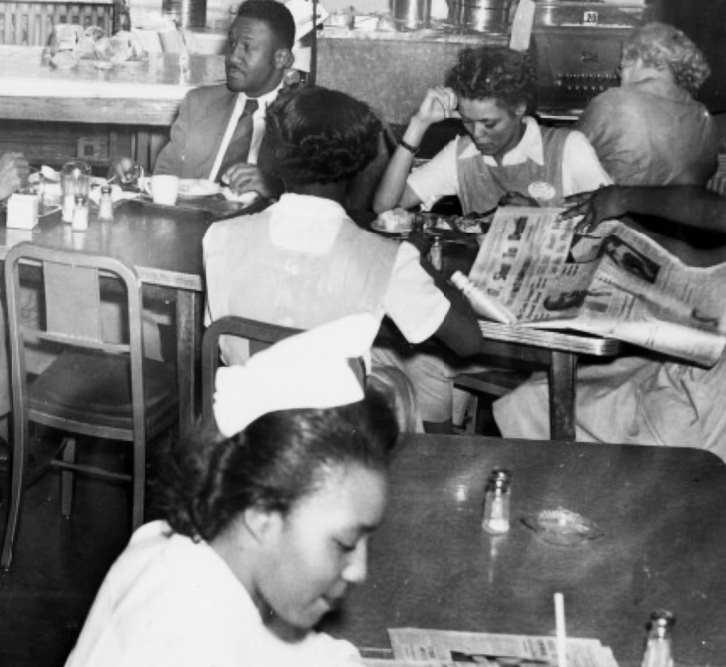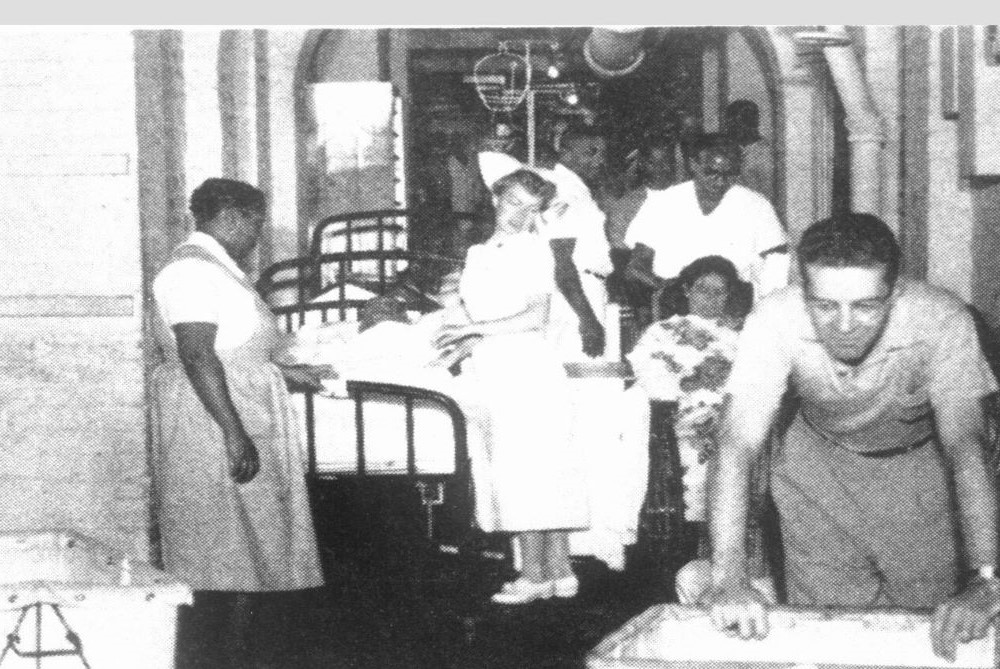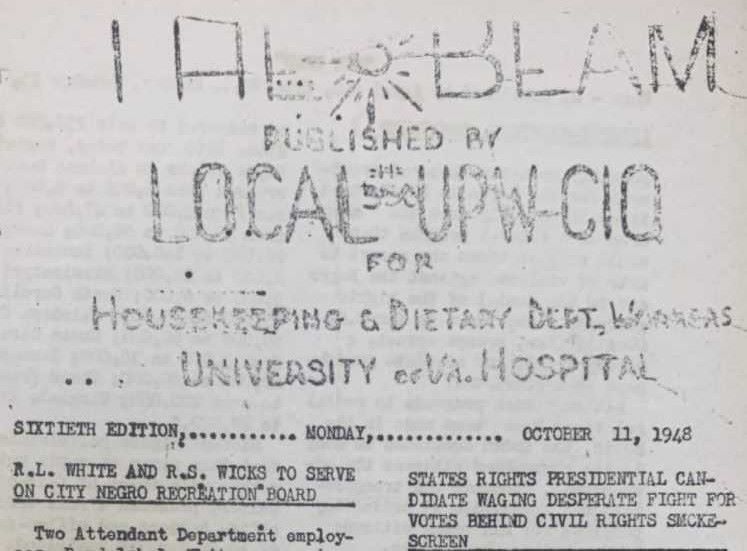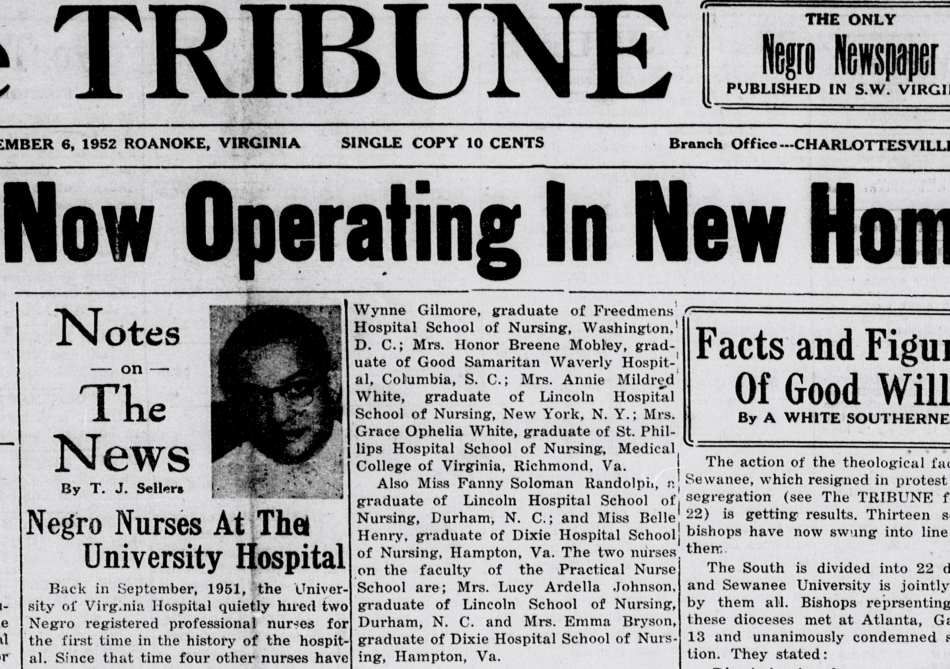Flashback Friday - The Day the Hospital's Ward Maids Walked Out

January 16 marks the anniversary of a historic walkout at UVA Hospital by a group of Black women who, in 1943, occupied the bottom rung of paid staff. These 28 women were “ward maids” who assisted the White nurses and clocked the longest hours. When their petitions for a living wage were ignored, they chose the door.
Nursing positions were reserved for white employees, which paid more, received better benefits, and required fewer hours.
The hospital’s administration responded by laying them off en masse. Temporarily, it relied on volunteers—white women with the Red Cross and elsewhere—to change linens and pitch in, but hiring replacements at such low wages would prove very difficult. Faced with the prospect of having to close down parts of the hospital without the essential labor of its ward maids, University President John L. Newcomb responded with an offer. Most of the women returned to work when their weekly wage was increased from $7 to $9—though it fell short of the $9.30 a week they requested simply to meet the basic necessities of living in Charlottesville.



At the time of the walkout, opportunities for Black men and women at UVA Hospital were limited to jobs as orderlies, cooks and ward maids. Nursing and other positions were reserved for white employees, which paid more, received better benefits, and required fewer hours. It would be another five years before Gussie P. Harris and Lucile Blakey became the first Black women to be promoted from ward maid to hospital aide. And it would be longer still before the hospital, in 1951, hired its first Black registered nurses and began partnering with Jackson P. Burley High School to develop a licensed practical nurse program to train Black students.
This racial division of labor is explored in a new School of Nursing digital resource, “Race in Health Care: Historical Essentials for UVA Nurses.” This repository showcases the experiences and contributions of nurses of color who have been erased, ignored or misrepresented in the dominant historical narrative, which has centered on white women. Its larger purpose is to give students a better understanding of the history of racism and white supremacy at UVA and equip them to address the dynamics of discrimination, bias and distrust that persist in the current health-care system.
The ward maids’ act of protest that winter day in 1943 was part of a broader campaign during the 1940s and 1950s by the hospital’s Black employees for fair compensation and equal opportunities, as Dan Cavanaugh details in his article about labor discrimination at UVA. As hospital workers continued to challenge injustices and achieve gains in pay, hours, and opportunities, it had consequences beyond the institutional walls, buoying the overall economic well-being of Charlottesville’s Black community.
###
Today’s #FlashbackFriday is brought to you by the Bjoring Center for Nursing Historical Inquiry. We especially thank Dan Cavanaugh, whose extensive research on labor discrimination at UVA is the basis for this post.
